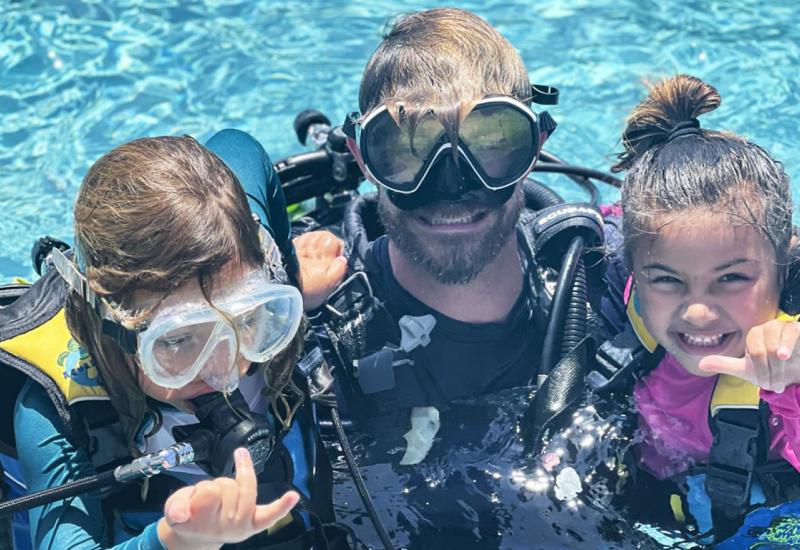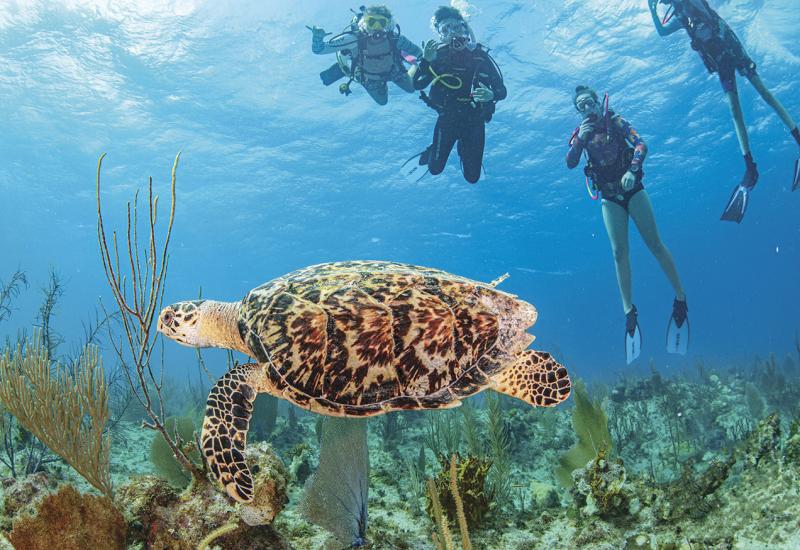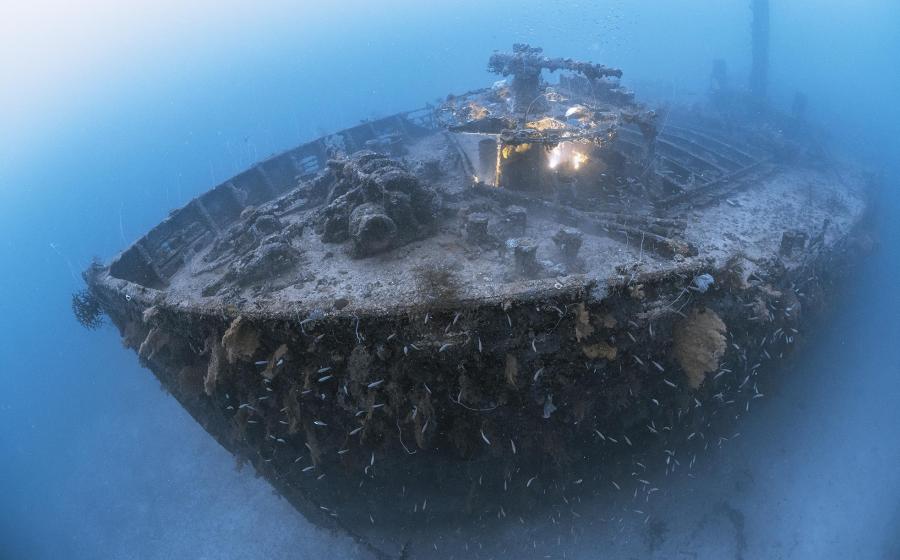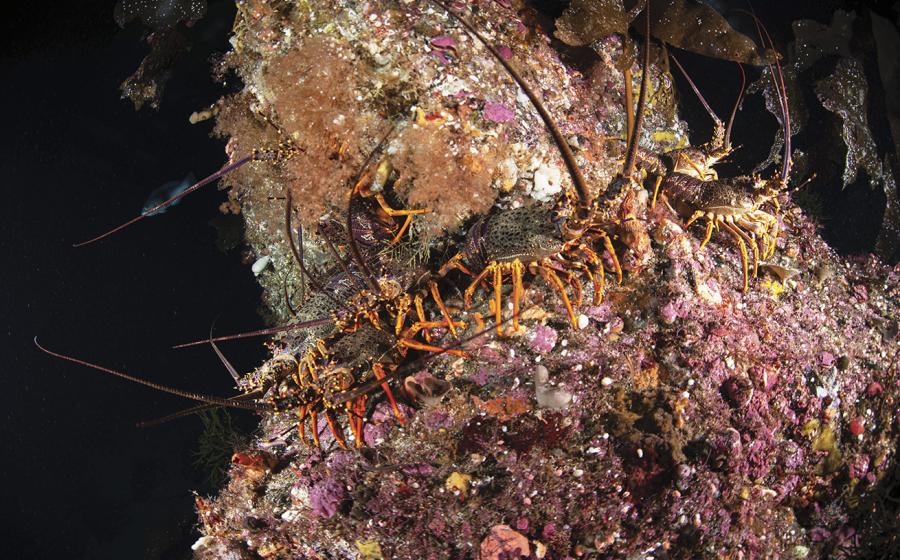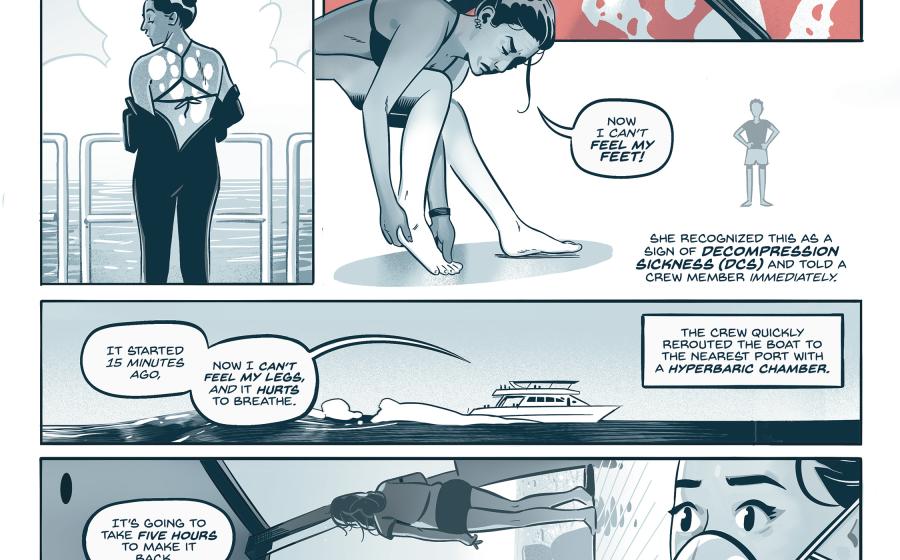5 Tips for Buying Scuba Gear for Kids
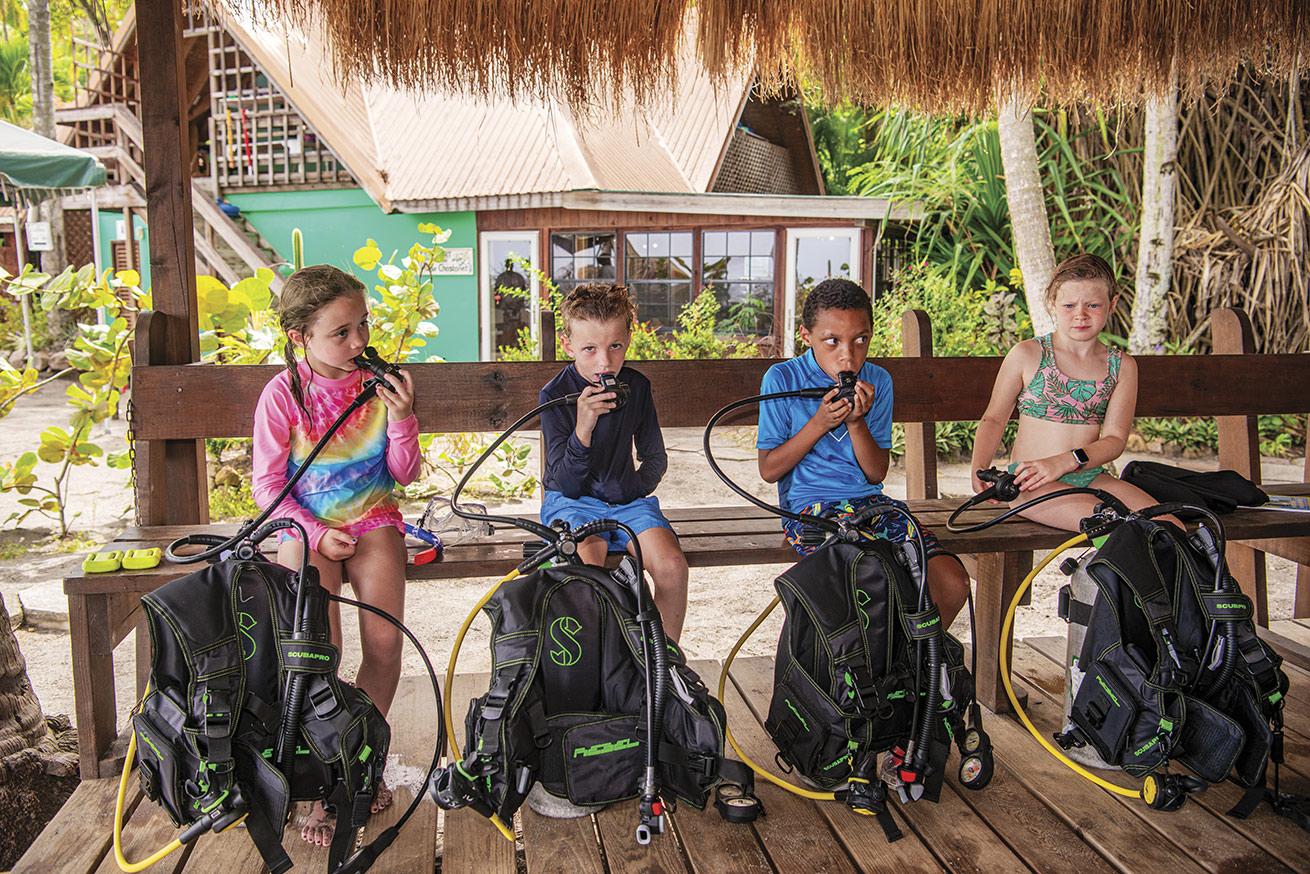
Courtesy Kids Sea CampFamiliarity with their own equipment helps kids grow into confident divers.
Scuba diving with your children can become a lifelong shared passion—one filled with adventure, exploration and plenty of smiles. And as they’re getting started, having the right dive gear can make all the difference.
“I can’t overstate how important it is for kids to have gear that fits them and allows them to move comfortably in the water,” says Margo Peyton, president of Kids Sea Camp Inc., which specializes in family-focused diving trips and training. “Buying gear for kids can be expensive, but a leaky mask or a BCD that’s too big can make or break their experience.”
Here are five tips to help you find the right gear for your junior diver. And don’t forget to include them while you shop—having the chance to choose colors and styles they like can get them excited and help them feel a sense of ownership and responsibility for their equipment.
Related Reading: 5 Ways to Get Your Kids Excited About Scuba Diving
1 A Well-Fitting Mask
Nothing will take the fun out of diving faster than a poor-fitting mask. Resist the urge to order online or rely on rental gear. Instead, visit a local dive shop where kids can try on multiple masks to find a good fit for the size and shape of their face. Look for a mask with a soft silicone skirt that makes an airtight seal, and check that the frame doesn’t press into their forehead. Pay close attention to where the skirt falls on the upper lip—and don’t forget to check for comfort with a regulator or snorkel mouthpiece in place.
2 Invest in an Adjustable BCD
A BCD is one of the hardest pieces of gear to buy for a kid, given how much it costs and how quickly they’ll outgrow it. But you don’t want to sacrifice fit, as loose-fitting BCDs will affect your kid’s buoyancy control and trim. At the surface, a too-big BCD can ride up, making it hard to float or move comfortably during surface swims or while waiting for the ladder. If you don’t want to replace your child’s BCD as they grow, consider investing in a BCD with size adjustments that allow it to grow with them. An integrated weight system is also recommended, as weight belts can be cumbersome and uncomfortable on smaller bodies.
3 Fins for Smaller Legs
Fit and blade length are the two key factors here. Avoid buying fins a couple sizes too big “so they can grow into them.” A loose foot pocket will lead to blisters, while too-long fin blades can cause cramping and fatigue. An open-heel fin and neoprene booty combo will likely give your kid multiple years of use before growing out of them, thanks to the adjustable heel strap. If your child prefers closed-heel fins for warm-water diving, look at snorkel-fin options from reputable dive equipment manufacturers, which can be more affordable.
Proper-fitting equipment is essential for younger divers.
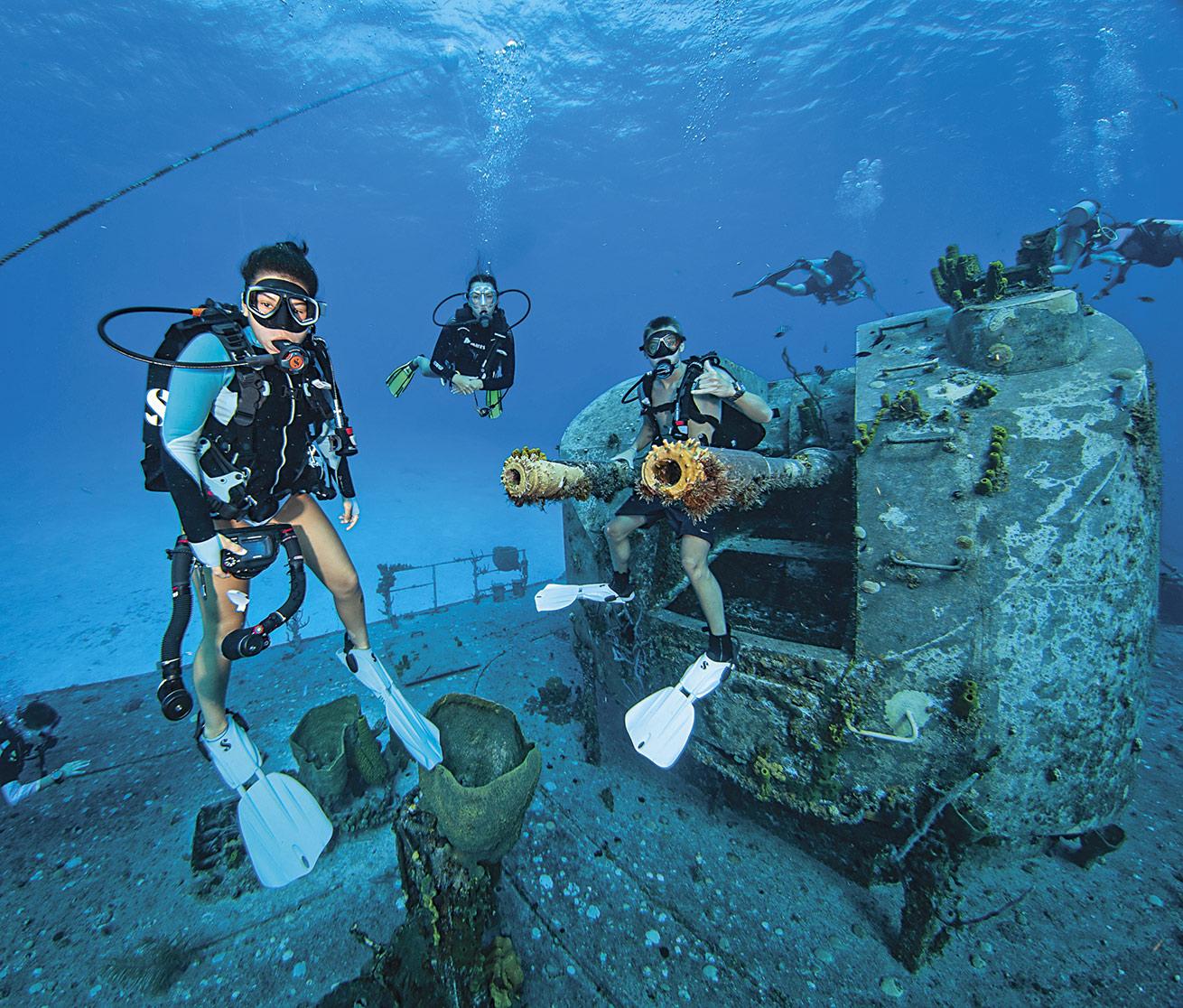
Courtesy Kids Sea CampProper-fitting equipment is essential for younger divers.
4 Find a Properly Sized Regulator
The most important concern when buying a regulator for a child is comfort. Any regulator from a reputable company will operate safely and reliably as long as it’s maintained and serviced properly, so don’t go overboard on bells and whistles. Instead, look for regulators with smaller sizes made from lighter materials—those marketed as “travel regulators” will often fit the bill.
Related Reading: PADI Club Member Spotlight: Victoria and Robert Huber
5 What to Look for in a Wetsuit
Kids can chill easily, even in warm water; a well-fitting wetsuit will help hold in body heat. The make and model of wetsuit is less important than a good fit. When trying it on, make sure the suit is snug, especially around the wrists and ankles, so water can’t flow in and out during their dives. Around 3 mm is thick enough to provide warmth, but not so thick that it hinders movement. Padding or protection in the knees can also help with durability.

